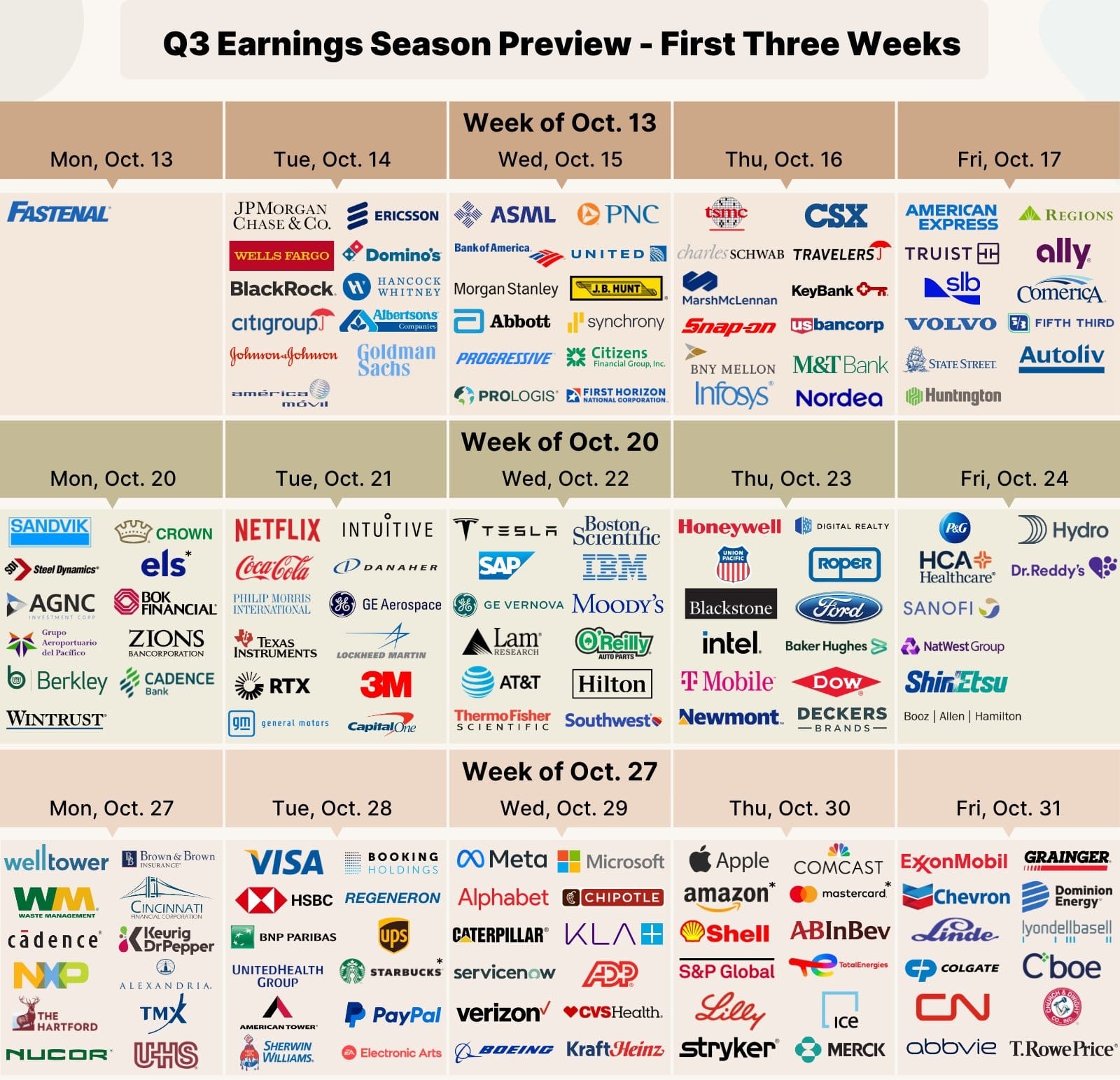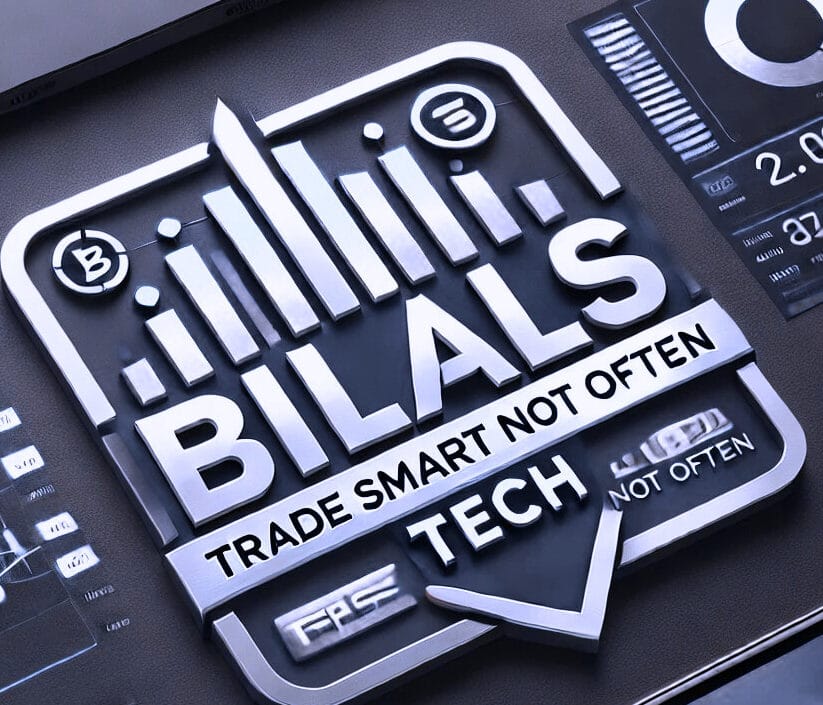Executive Summary: A Moment of Equilibrium and Anticipation
Global Market Pulse reflects a financial environment suspended between resilience and uncertainty. Strong consumer demand anchors growth, while central banks juggle inflation targets against risks of overtightening. Investors face a delicate balancing act: a labor market that must cool but not collapse, inflation that must ease without shock, and geopolitical currents that may upend assumptions overnight.
The following analysis unpacks these dynamics across equity, bond, and currency markets, highlights central bank strategies, and examines the corporate realignments shaping global industries. The economic crosscurrents and strategic shifts outlined here offer a detailed view of challenges and opportunities in a year where cautious optimism dominates investor sentiment.

Section 1: Market Performance Deep Dive – A Week of Nuanced Signals
1.1 Equity Markets: Gains Amid Underlying Friction
The past week closed with modest equity gains across North America and Europe. The Dow Jones Industrial Average rose 0.65% to 46,247.29, while the S&P 500 advanced 0.59% to 6,643.70. The Nasdaq, sensitive to rate expectations, added 0.44% to 22,484.07.
Although indices ended positively, the broader week revealed retrenchment: the S&P 500 fell 0.31%, Nasdaq 0.65%, and Dow 0.15%. This reflects investor caution over “higher-for-longer” rate expectations and earnings headwinds.
Sector highlights:
- Gainers: Electronic Arts (+14.78% on privatization rumors), Pascal Inc. (+5.16%), and CDW Corp. (+4.72%).
- Laggards: Cosico Wholesale (-2.64%) and Oracle (-2.53%).
International snapshot:
- Toronto’s S&P/TSX Composite: +0.10% after GDP rebound.
- FTSE 100 (UK): +0.77%; Eurofirst 300: +0.82%.
- Nikkei (Japan): +0.87%; Hang Seng (Hong Kong): -1.35% on property sector concerns.
The message is clear: equities are supported by resilient demand but restrained by structural risks.
1.2 Fixed Income: Steepening Yield Curve Signals Long-Term Pressure
Bond markets signaled a shift. Despite in-line inflation data, long-dated U.S. Treasury yields rose:
- 10-year: 4.1833%
- 30-year: 4.7576%
- 2-year: 3.6450%
This steepening curve suggests reduced recession fears and expectations of persistent inflationary pressure. Traders now see the Federal Reserve engineering a “soft landing,” rather than emergency cuts.
1.3 Foreign Exchange & Commodities: Dollar Eases, Commodities React
The U.S. Dollar Index fell 0.39% to 98.17. The euro gained 0.33% ($1.1704), the pound rose 0.48% ($1.3405), and the yen strengthened slightly.
Commodities:
- Oil: $65.31/barrel (+0.51%), supported by disruptions from Ukraine strikes on Russian energy assets.
- Gold: $3,788.41/oz (+0.52%) on rate-cut expectations.
- Copper: $4.72/lb (+0.21%), reflecting stable demand but growth anxiety.
The weaker dollar is introducing volatility across commodity markets, with geopolitical risks adding premiums to energy.
Section 2: The Central Bank Conundrum – Data Dependence in a Resilient Economy
2.1 The Fed’s Dilemma: Resilient Demand vs. Sticky Inflation
August’s PCE Price Index rose 2.7% year-over-year, while core PCE stayed at 2.9%. Meanwhile, consumer spending grew 0.6% and incomes 0.4%. This creates a paradox: inflation is easing slowly while demand remains strong.
The Federal Reserve’s strategy has shifted from aggressive cuts to cautious, incremental moves. Policymakers remain locked between slowing inflation without stifling demand.
2.2 Fed Commentary: Diverging Voices
Upcoming speeches highlight the internal divide:
- Governor Waller: systemic infrastructure focus.
- President Hammack: inflation persistence concerns.
- President Williams: centrist guidance.
- Presidents Musalem & Bostic: hawkish tones.
- Vice Chair Jefferson & President Goolsbee: broader perspectives.
Markets interpret this chorus as evidence of gradual easing, not sharp pivots.
Section 3: The Corporate Landscape – Deals, Disruption, and Deliveries
3.1 Privatization Wave: Electronic Arts’ Landmark Deal
Electronic Arts is in talks for a $50 billion leveraged buyout led by Silver Lake and Saudi Arabia’s PIF. If finalized, it would be among the largest private equity deals in history.
Implications:
- Removes short-term earnings pressure.
- Enables long-horizon investment in gaming, esports, and immersive tech.
- Signals sovereign wealth influence in global entertainment.
This move could spark similar privatizations among large-cap firms seeking strategic freedom.
3.2 Trade Policy Shifts: Tariff Wave
President Trump reintroduced sweeping tariffs:
- 100% on branded pharmaceuticals
- 25% on heavy trucks
- 50% on cabinets & vanities
- 30% on upholstered furniture
Market effects:
- Adds inflationary pressure outside Fed control.
- Accelerates supply chain reshoring.
- Benefits domestic producers while hurting import-reliant retailers.
3.3 Tech & Autos: Tesla and TikTok Developments
- Tesla: Delivery volumes boosted by consumer rush for EV tax credits, showing government incentives’ pivotal role in adoption.
- TikTok: ByteDance retains ownership under new structure, raising U.S. regulatory concerns. This highlights ongoing tech-geopolitical rivalry.
Section 4: The International Perspective – Canada’s Rebound and Latin America’s Indicators
4.1 Canada: Signs of Recovery
July GDP grew 0.2%, breaking three months of contraction. Gains in mining, manufacturing, and wholesale trade stabilized sentiment. Still, August wholesale trade flash data (-1.3%) warns of volatility.
Toronto’s TSX gained 0.10%, with strength in precious metals and tech offset by software losses.
4.2 Latin America: Key Data Points
- Brazil: IGP-M Inflation Index, lending, PMI, and industrial output under watch.
- Mexico: Unemployment steady near 2.8%, fueling remittances and consumption.
These numbers are critical for emerging market allocations, especially as global monetary tightening tests capital inflows.
Section 5: The Week Ahead – Data as the Crucible
5.1 The September Jobs Report
Forecasts:
- Payrolls: +50,000 jobs
- Unemployment: 4.3%
- Wages: +0.3% m/m, +3.7% y/y
A too-hot report risks hawkish Fed action; a weak one could raise recession fears. Investors prefer a “Goldilocks” outcome.
5.2 Supporting Indicators
- ISM Manufacturing PMI: Expected 49.0 (still contraction).
- Consumer Confidence: Declining under cost pressures.
- JOLTS Job Openings: Slight decline toward 7.1 million, balancing supply and demand.
Section 6: Strategic Analysis and Forward Outlook
6.1 AI Investment Bubble Risks
Heavy AI infrastructure spending by OpenAI, Meta, and xAI is raising fears of a capital-return mismatch. Firms face a trilemma: invest aggressively, risk low ROI, or concede leadership.
6.2 Energy & Policy Intersection
Shifts away from renewable incentives are pressuring smaller solar and wind firms into consolidation. Policy remains a primary driver of green technology adoption.
6.3 Global Market Pulse: Strategic Takeaways for 2025
The financial system stands at a crossroads defined by economic crosscurrents:
- Central banks walk a tightrope between inflation control and growth.
- Corporate strategy is reshaping industries through privatization, tariffs, and technological disruption.
- Geopolitics and policy shifts continue to redefine commodity and energy markets.
Investor Outlook:
- Favor assets with durable cash flows.
- Hedge with commodities amid geopolitical risk.
- Remain nimble to policy-driven shocks.













